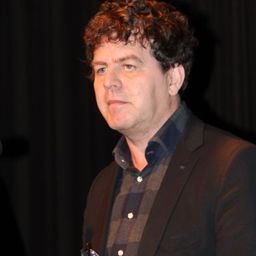14.00 Serving Inter Alia. Beyond White castles, Imagineering, UNESCO and Other World Fairs: Edible Chronotopes and Parafood
My Session Status
Are foodways and culinary traditions the missing “f-words”? The domains mentioned in article 2.2 of the 2003 UNESCO Convention for the safeguarding of intangible cultural heritage only go up to “e) traditional craftsmanship.” One can and will fit food and/or drink related items under one or more of the five domains mentioned in that article of the convention. But it could also be considered as one of the domains that is covered under the “inter alia” catch-all, just like traditional, non-olympic sports and games. Why have f (foodways) and g (games and sports) been overlooked? Can or should the ICH-UNESCO label and movement function like the Olympic Rings? Like the connected logos of the main global sponsors of the Olympic movement: Coca-Cola and McDonalds? Does the safeguarding ICH paradigm offer an alternative? A reply? Or, in the case of culinary heritage: mainly parafood?
In this paper, we will investigate if what is at stake here is not primarily an issue of global governance, but of global marketing, imagineering national and other communities and appropriation. We present a toolbox that consists of concepts derived from actor-network analysis (including those used in Susan Star’s famous article “on being alergic to onions”), imagineering, the notion of parafood (inspired by Gerard Genette) but also arises from cultural anthropology and folklore studies. One of those key-concepts is “edible chronotopes,” as they were defined by Barbara Kirshenblatt-Gimblett, in the sense of “sensory space-time convergences”: “The capacity of food to hold time, place and memory is valued all the more in an era of hypermobility, when it can seem as if everything is available everywhere, all the time. Shopping, cooking, and eating become more like accessing an edible database of infinite permutation than stepping into a culinary world that is defined by slower moving coalescences of geology, climate, history, and culture captured by the idea of terroir and protected by appellation.”
We will discuss and compare a number of global formulas and networks that have worked on and with the construction of edible chronotopes linked to nation-states. Firstly we will mobilize the results of recent research about food at world’s fairs. Special attention will devoted to the examples of so-called Belgian beers, Belgian chocolate and Belgian waffles. Secondly we will explore the strategies in transnational companies like McDonalds and Lays, in dealing with preferences of consumers and prosumers in different nations. Thirdly we will confront this with the way the representative list (article 16) of the 2003 UNESCO convention has and could be used in connection to drink and foodways. Is safeguarding an adjective?
